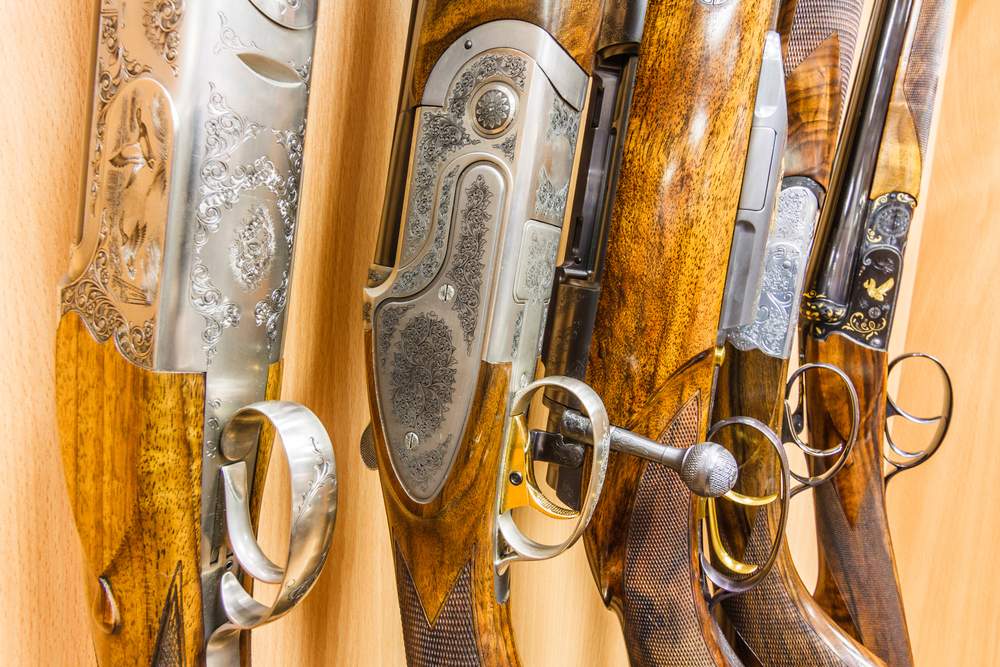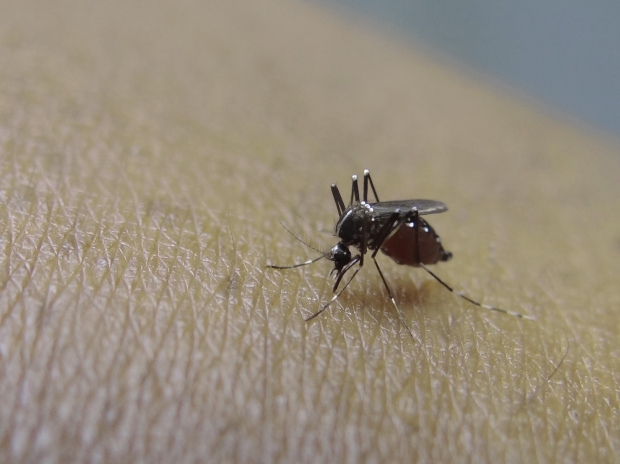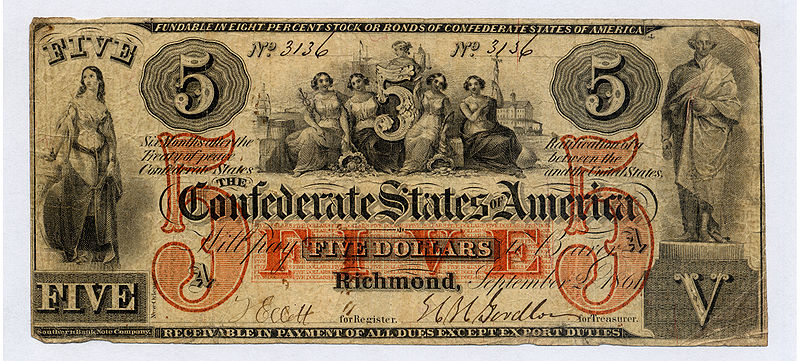Making Your Own Ammunition Laura Ingalls Wilder described how Pa made his own bullets in Little House in the Big Woods. Isolated in the Wisconsin wilderness of the 1870s, the Ingalls family lived in a log cabin and had to make many things themselves...
How a Breach of Maritime Custom Changed United States Boundaries Who would have thought that one ship could have altered American history and redrawn United States boundaries? Or that hoisting a simple yellow signal flag might changed all that...
A landscape of odors…. Compared to canines, humans smell in black and white. We live in a world of sight and sound, words and letters. If you wrote a novel for dogs, you’d have to use smells – it would be a scratch-and-sniff book. Dogs find...
Technically, it wasn’t a crime. The Philadelphia shopkeeper was just looking for a way to make money, and as long as the United States hadn’t recognized the Confederate States of America, he could legally produce them. And they may have had done...






Recent Comments